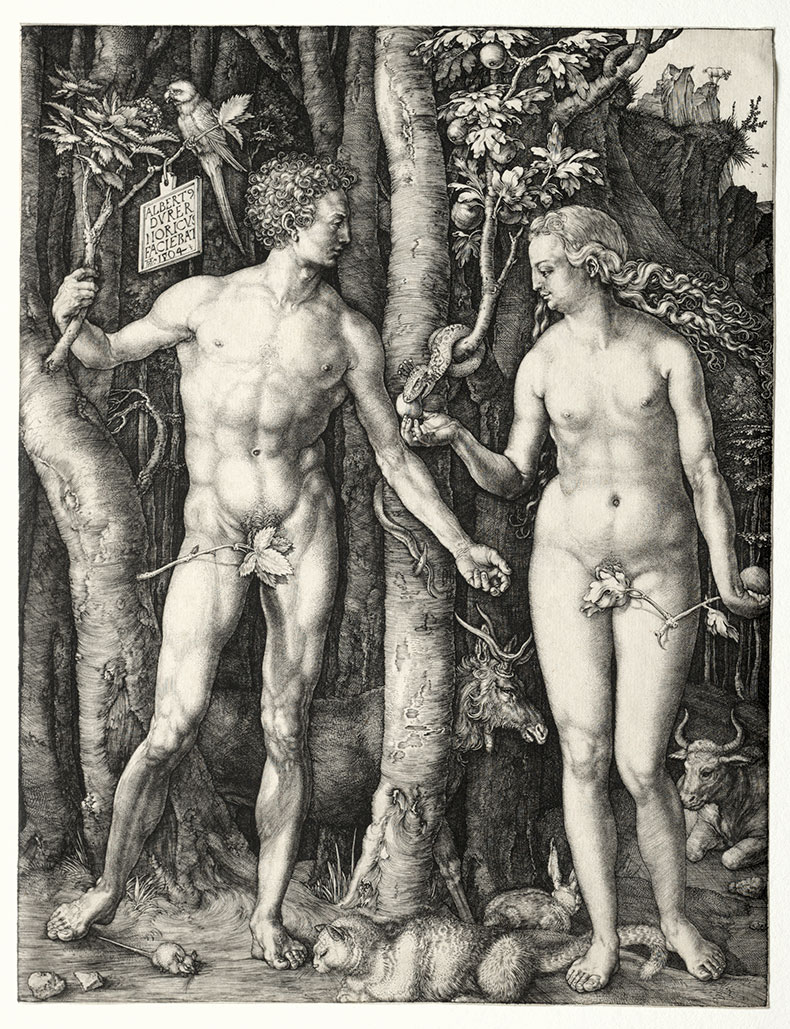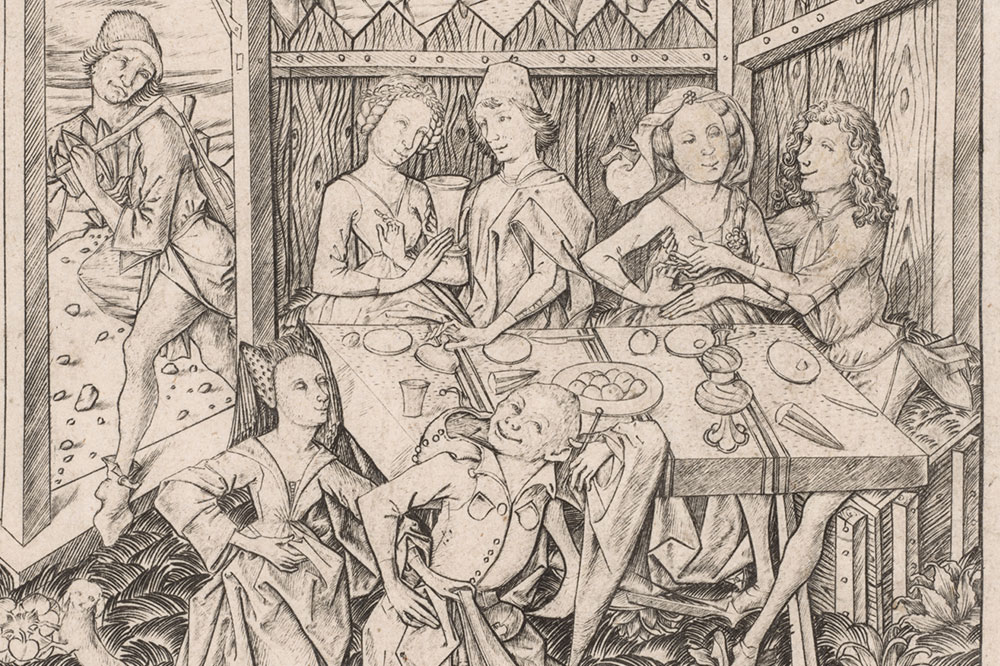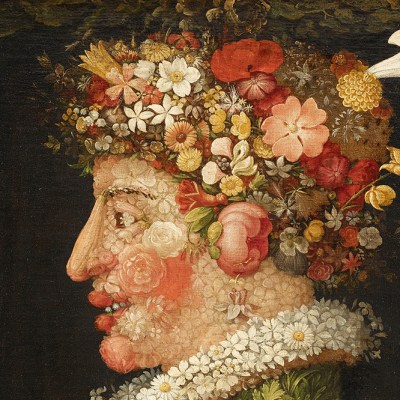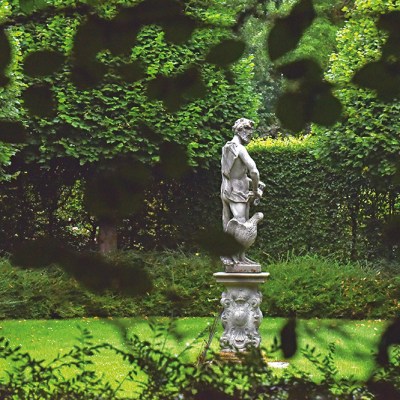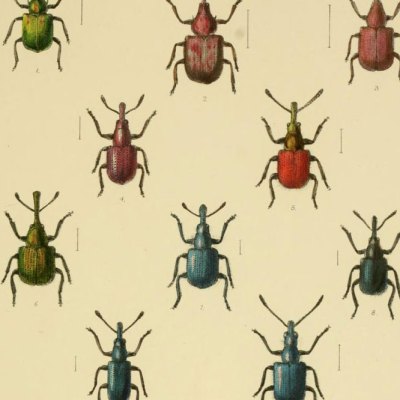Long before the landscape emerged as an independent genre in European art, artists used depictions of the natural world to explore topics such as Christian spirituality, God’s generative power and human sexuality. Bringing together 60 works on paper dating from the late medieval period through to the Renaissance, Love Gardens / Forbidden Fruit at the Cleveland Museum of Art maps this complex terrain (2 July–29 October). Highlights include The Garden of Love (c. 1465), an engraving of intertwined couples by the unidentified German draughtsman known as Master E.S., the ever-recognisable Adam and Eve (1504) by Albrecht Dürer, and a woodcut print of Titian’s painting The Submersion of of Pharaoh’s Army in the Red Sea (c. 1514–15) by the Italian printmaker and publisher Domenico dalle Greche. Find out more on the Cleveland Museum of Art’s website.
Preview below | View Apollo’s Art Diary
River Landscape with Five Bare Spruce Trees in the Foreground (1549), Augustin Hirschvogel. Cleveland Museum of Art
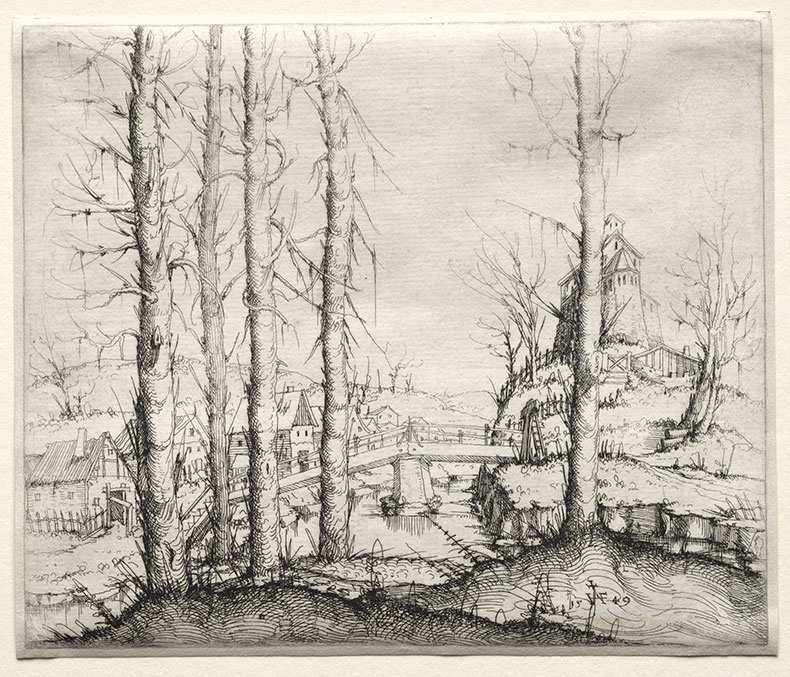
The Submersion of Pharaoh’s Army in the Red Sea (1514–15), after Titian. Cleveland Museum of Art

The Garden of Love (c. 1465), Master E.S. Cleveland Museum of Art
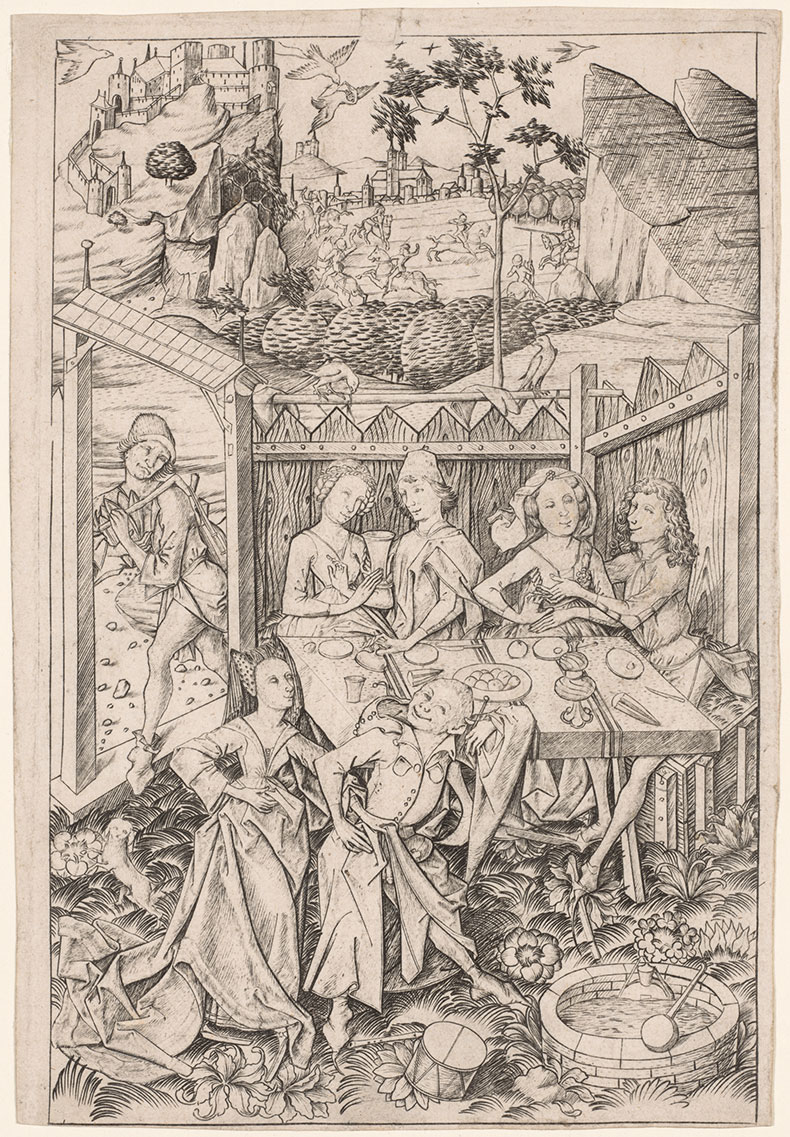
Adam and Eve (1504), Albrecht Dürer. Cleveland Museum of Art
